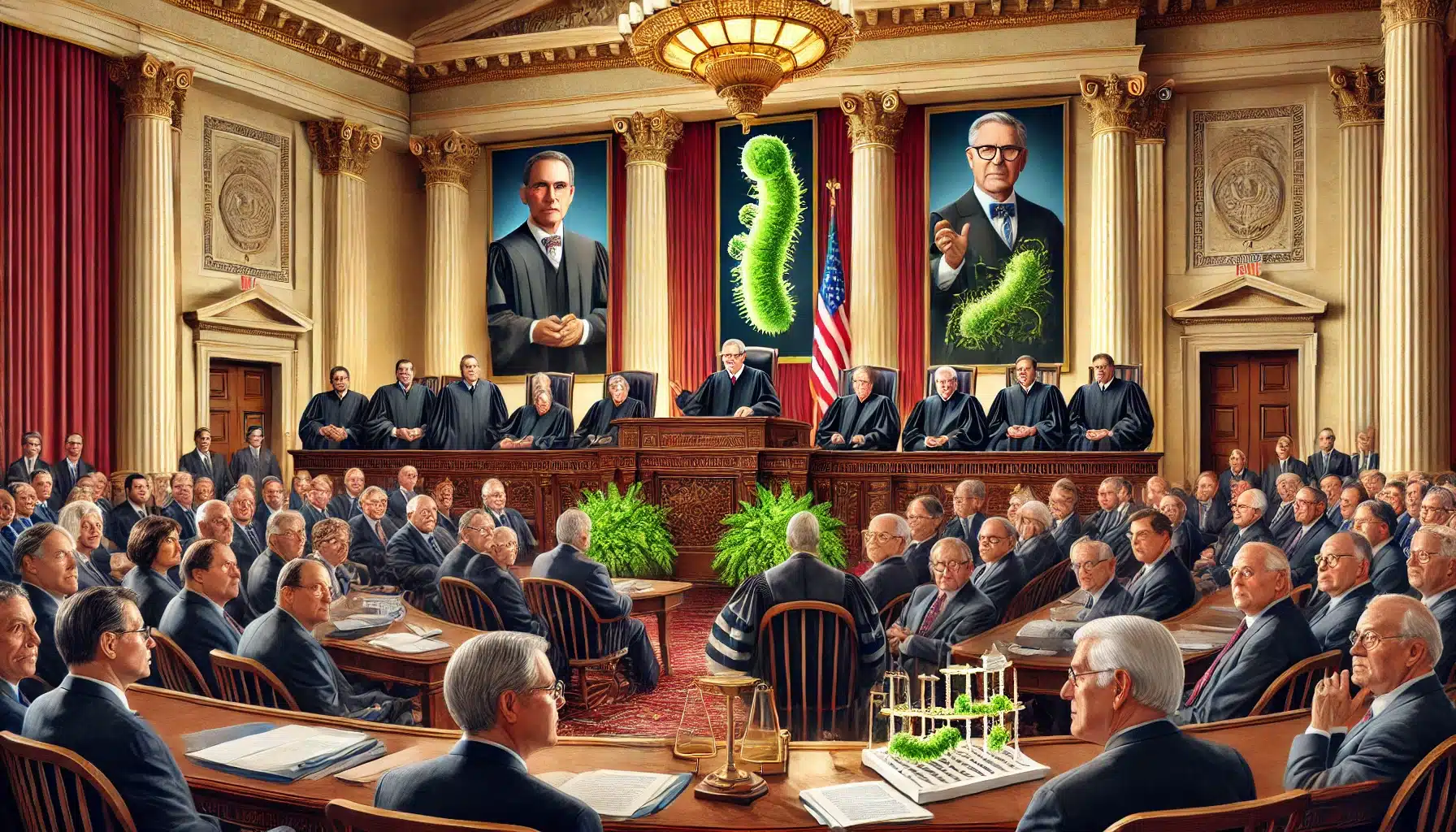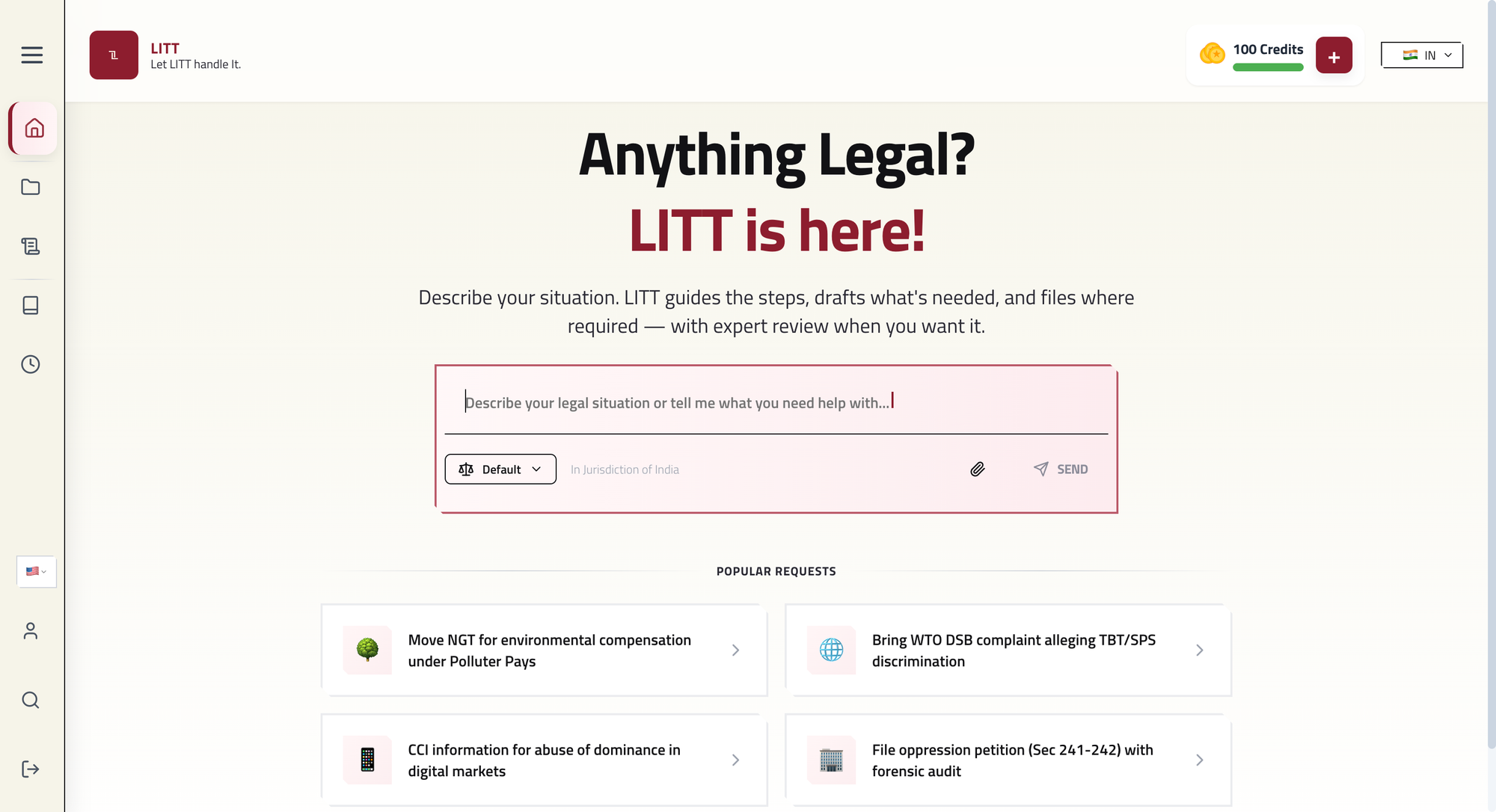The Diamond v. Chakraborty case marked a significant turning point in U.S. patent law, with the Supreme Court ruling that a genetically engineered bacterium is patentable under 35 U.S.C. 101. The decision affirmed that human-made living organisms, as products of human ingenuity, fall within the scop

“The Supreme Court ruled that a genetically engineered bacterium is patentable under U.S. law, as it is a product of human ingenuity. This landmark decision allowed for the patenting of living organisms, significantly impacting biotechnology innovation.”
Citation: 447 U.S. 303 (1980)
Date of Judgment: 16th June, 1980
Court: Supreme Court of the United States
Bench: Chief Justice Warren E. Burger (delivered the opinion of the Court), William J. Brennan Jr. (J), Potter Stewart (J), Byron White (J), Thurgood Marshall (J), Harry Blackmun (J), Lewis F. Powell Jr. (J), William Rehnquist (J), John Paul Stevens (J).
Facts
- Dr. Ananda Mohan Chakrabarty, an Indian-American microbiologist working for General Electric, developed a genetically engineered bacterium of the Pseudomonas genus. This bacterium had the unique ability to break down multiple components of crude oil, making it potentially useful for cleaning up oil spills. Chakrabarty’s innovation was to transfer plasmids (small DNA molecules) from other bacteria into this Pseudomonas strain, thereby enabling it to degrade hydrocarbons more effectively than any naturally occurring bacterium.
- In 1972, Chakrabarty filed a patent application that covered three types of claims:
- Process claims for the method of producing the genetically engineered bacterium.
- Claims for the inoculum—a mixture of bacteria useful for degrading oil spills.
- Claims for the living, genetically engineered bacterium itself.
- The U.S. Patent Office examiner approved the first two types of claims but rejected the claim for the bacterium itself on the grounds that living organisms are not patentable subject matter under 35 U.S.C. 101, which states that patents can be issued for “any new and useful process, machine, manufacture, or composition of matter.”
- Chakrabarty appealed the examiner’s decision to the Patent Office Board of Appeals, which upheld the examiner’s rejection of the claim for the bacterium. The Board argued that patents had historically not been granted for living organisms and that it was beyond the intent of Congress to include living organisms within the definition of “manufacture” or “composition of matter.”
- Chakrabarty then appealed to the U.S. Court of Customs and Patent Appeals, which reversed the Board’s decision. The court found that the bacterium was a product of human ingenuity with unique characteristics that were not naturally occurring and thus fell within the scope of patentable subject matter under the statute. The court reasoned that the relevant factor was not the living nature of the organism but whether it was a product of human invention.
- Sidney A. Diamond, Commissioner of Patents and Trademarks, appealed the decision to the Supreme Court. The key question before the Court was whether a human-made microorganism, in this case, a genetically engineered bacterium, could be patented under the existing Patent Act, specifically 35 U.S.C. 101.
Decision of the Patent Office Board of Appeals
The Patent Office Board of Appeals upheld the initial decision of the U.S. Patent Office examiner and rejected Dr. Chakrabarty’s patent claim for the genetically engineered bacterium. The Board agreed with the examiner’s reasoning that living organisms were not patentable subject matter under 35 U.S.C.101, interpreting the Patent Act as not extending to living things, even if they were genetically modified.
Decision of the U.S. Court of Customs and Patent Appeals
The decision of the U.S. Court of Customs and Patent was in favour of Dr. Chakrabarty. The court reversed the U.S. Patent Office’s rejection of Chakrabarty’s patent application, ruling that the genetically engineered bacterium was patentable subject matter under 35 U.S.C. 101.
The court determined that the bacterium, as a product of human ingenuity with characteristics not found in nature, qualified as a “manufacture” or “composition of matter” under the Patent Act. This decision was later appealed to the Supreme Court, which upheld the lower court’s ruling.
Decision of the Supreme Court
The Supreme Court upheld the decision of the lower court and ruled in favour of Dr. Chakrabarty. The Court held that a genetically engineered bacterium is patentable under 35 U.S.C. 101. The majority opinion, written by Chief Justice Warren E. Burger, stated that the bacterium was a product of human ingenuity and was not naturally occurring, making it eligible for a patent.
The decision was a 5-4 ruling, affirming that living, human-made microorganisms can be considered patentable subject matter.
Key legal issues discussed
1. Can a living, human-made microorganism be considered patentable subject matter under 35 U.S.C. 101, which covers “any new and useful process, machine, manufacture, or composition of matter”?
Yes
The Supreme Court held that a living, human-made microorganism is patentable subject matter under 35 U.S.C. 101.
The Supreme Court, in a 5-4 decision, reasoned that the language of the Patent Act is broad. According to part III, para 3rd C.J Burger “The Committee Reports accompanying the 1952 Act inform us that Congress intended statutory subject matter to “include anything under the sun that is made by man.”
The Court stated that the fact that microorganisms are alive does not preclude them from being patentable. The key factor was whether the organism was a product of human ingenuity and had distinctive characteristics that are not found in nature.
According to para 8 of judgment court held that “While laws of nature, physical phenomena, and abstract ideas are not patentable, respondent’s claim is not to a hitherto unknown natural phenomenon, but to a non-naturally occurring manufacture or composition of matter – a product of human ingenuity “having a distinctive name, character”.”
The Court rejected the argument that Congress intended to exclude living organisms from patentable subject matter, noting that the relevant statutory language does not limit patent eligibility based on whether an invention is alive or not.
2. Did Congress intend to exclude living organisms from the scope of the Patent Act?
No
The Court determined that there was no evidence that Congress intended to exclude living organisms from patentability. Instead, Congress intended the patent laws to be broadly interpreted to encourage innovation.
According to para 12 of the judgment the court held that “In the petitioner’s view, the passage of these Acts evidences congressional understanding that the terms “manufacture” or “composition of matter” do not include living things; if they did, the petitioner argues, neither Act would have been necessary.”


